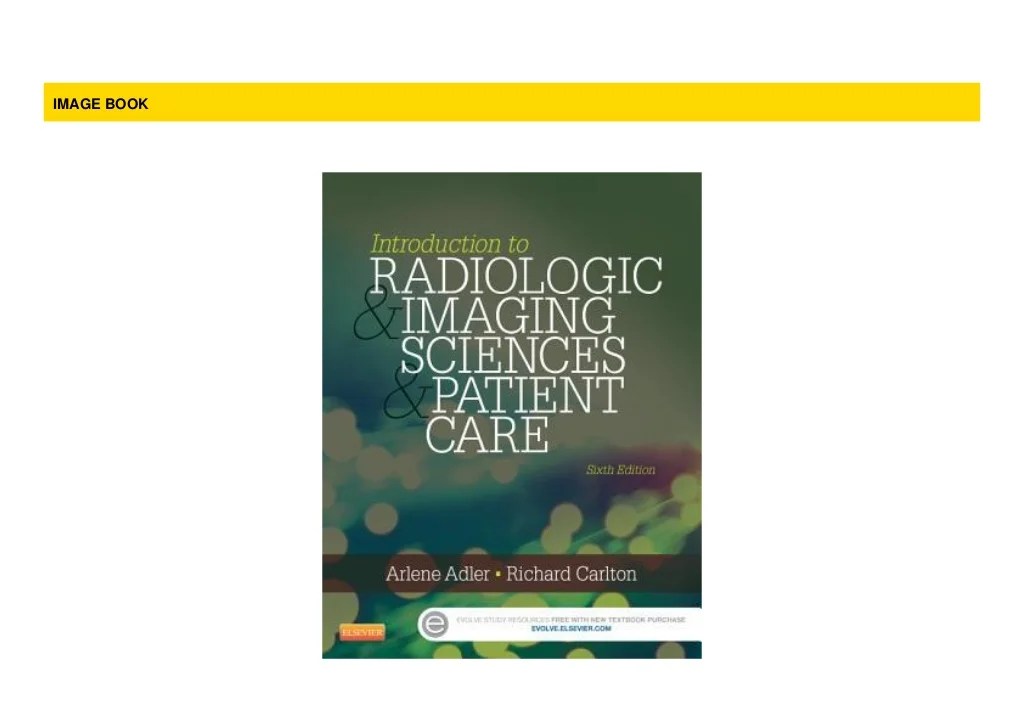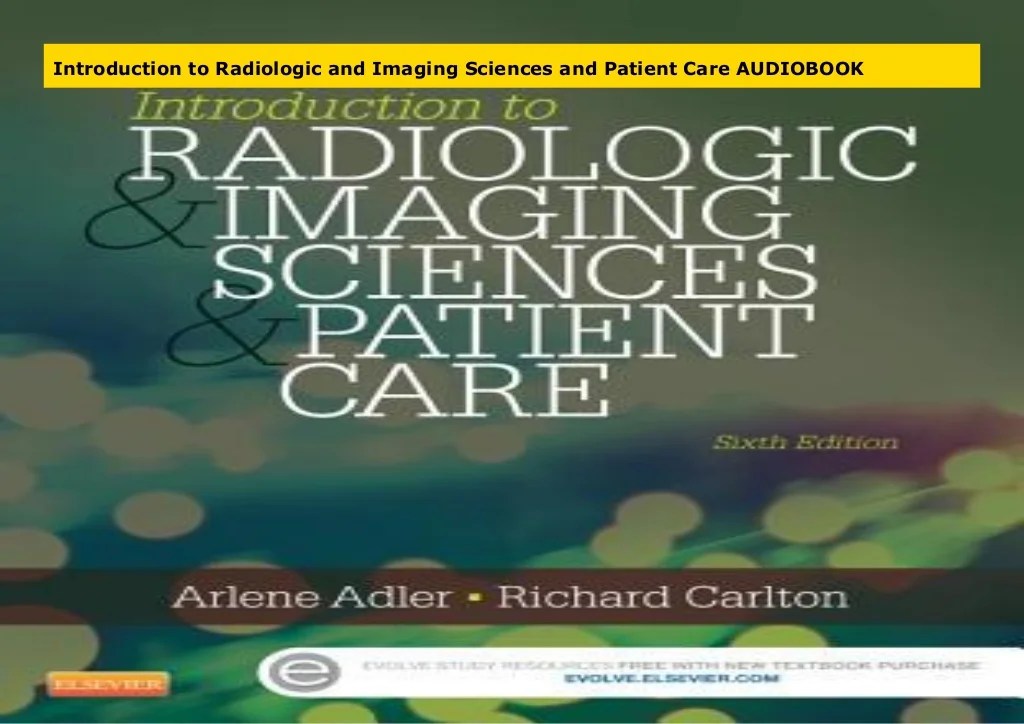In the realm of modern healthcare, the field of radiologic and imaging sciences plays a pivotal role in diagnosing and treating a wide range of medical conditions. Introduction to Radiologic & Imaging Sciences & Patient Care delves into the intricacies of this essential discipline, exploring the latest imaging modalities, patient care protocols, and educational pathways that shape the careers of professionals in this dynamic field.
From X-ray to MRI, CT to ultrasound, radiologic and imaging sciences encompass a diverse array of imaging techniques that provide invaluable insights into the human body. Radiologic technologists, the skilled professionals who operate these imaging systems, are responsible for ensuring patient safety, image quality, and accurate interpretation.
Introduction to Radiologic and Imaging Sciences

Radiologic and imaging sciences play a pivotal role in modern healthcare, providing invaluable diagnostic and therapeutic information. They encompass a range of imaging modalities, including X-ray, computed tomography (CT), magnetic resonance imaging (MRI), and ultrasound, each offering unique capabilities in visualizing the human body.
Radiologic technologists are the highly skilled professionals who perform imaging exams, ensuring patient safety and comfort while capturing high-quality images. Their expertise in radiation protection and patient positioning is crucial for accurate diagnoses and effective treatments.
Patient Care in Radiologic and Imaging Sciences
Patient care is paramount in radiologic and imaging sciences. Radiologic technologists are responsible for providing a safe and comfortable environment for patients, ensuring their privacy and dignity throughout the imaging process.
They communicate effectively with patients, explaining procedures and answering questions, which helps reduce anxiety and promote trust. Radiologic technologists also monitor patients during exams, ensuring their well-being and promptly addressing any discomfort or concerns.
Educational Pathways in Radiologic and Imaging Sciences, Introduction to radiologic & imaging sciences & patient care
Individuals interested in a career in radiologic and imaging sciences have various educational pathways available.
To enter radiologic technology programs, applicants typically require a high school diploma or equivalent, along with prerequisites in science and mathematics. Some programs may also require certifications or experience in healthcare.
Radiologic technology programs typically include coursework in anatomy, physiology, physics, and radiation protection. Students also participate in clinical rotations where they gain hands-on experience in various imaging modalities.
Clarifying Questions: Introduction To Radiologic & Imaging Sciences & Patient Care
What are the different types of imaging modalities used in radiologic sciences?
Radiologic sciences encompass a wide range of imaging modalities, including X-ray, computed tomography (CT), magnetic resonance imaging (MRI), and ultrasound.
What is the role of a radiologic technologist?
Radiologic technologists are responsible for performing imaging exams, ensuring patient safety, and maintaining the quality of imaging equipment.
What are the educational requirements for becoming a radiologic technologist?
To become a radiologic technologist, individuals typically complete an associate degree or certificate program in radiologic technology.
What are the career opportunities available in radiologic and imaging sciences?
Graduates of radiologic and imaging sciences programs can pursue careers in various settings, including hospitals, clinics, and imaging centers.

